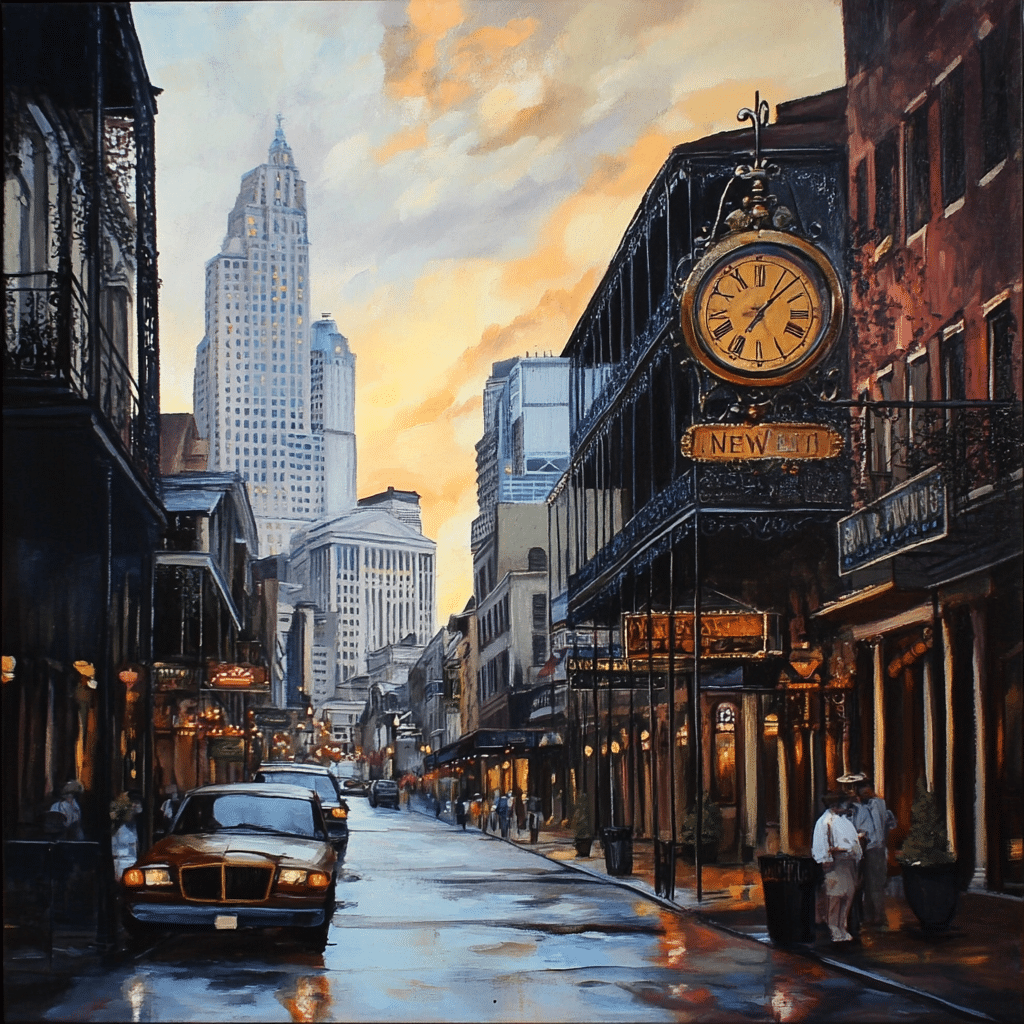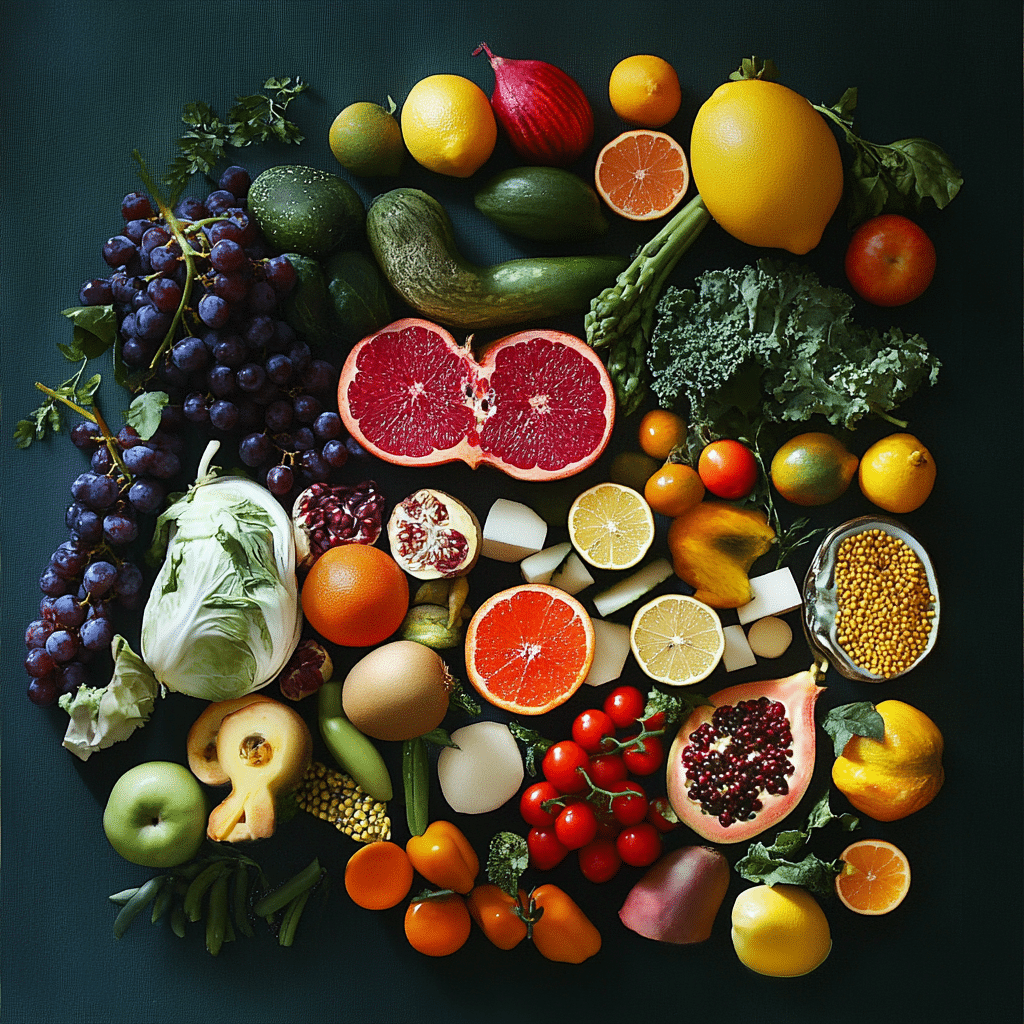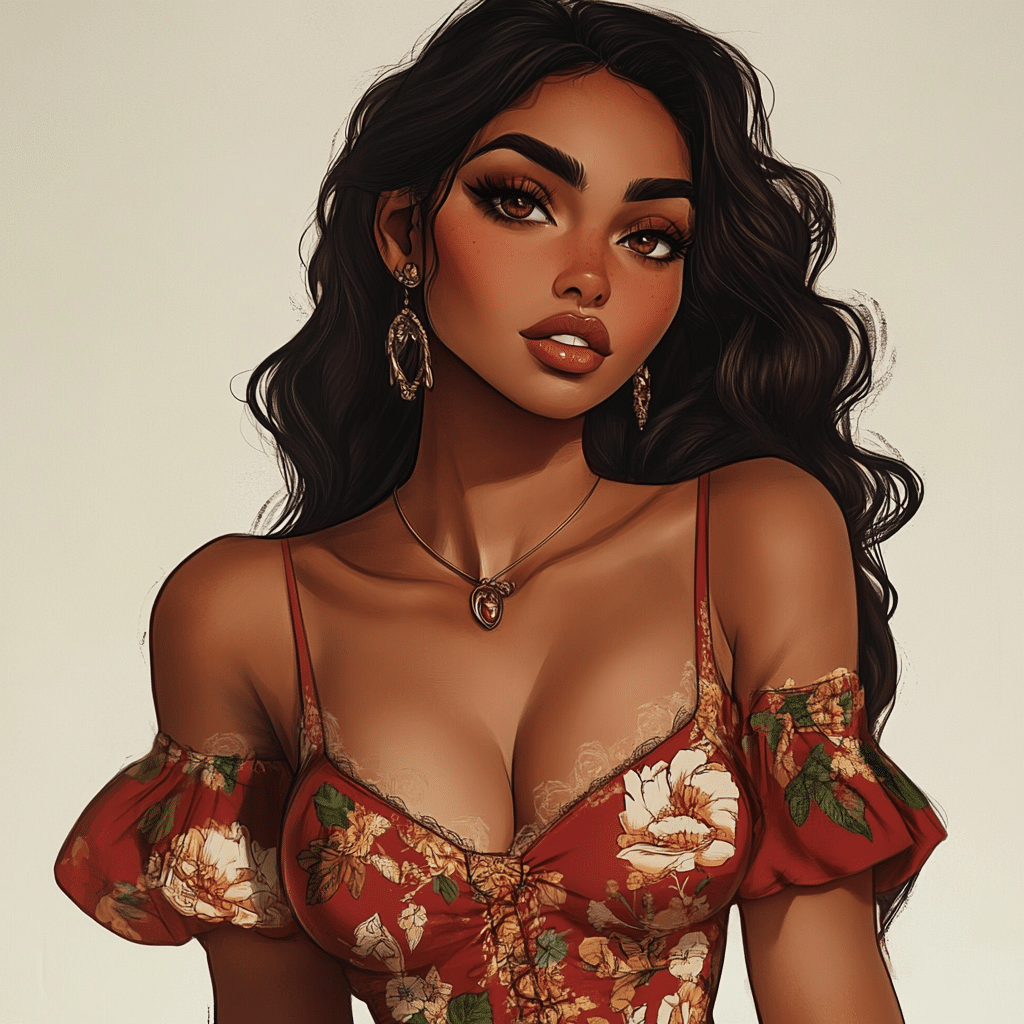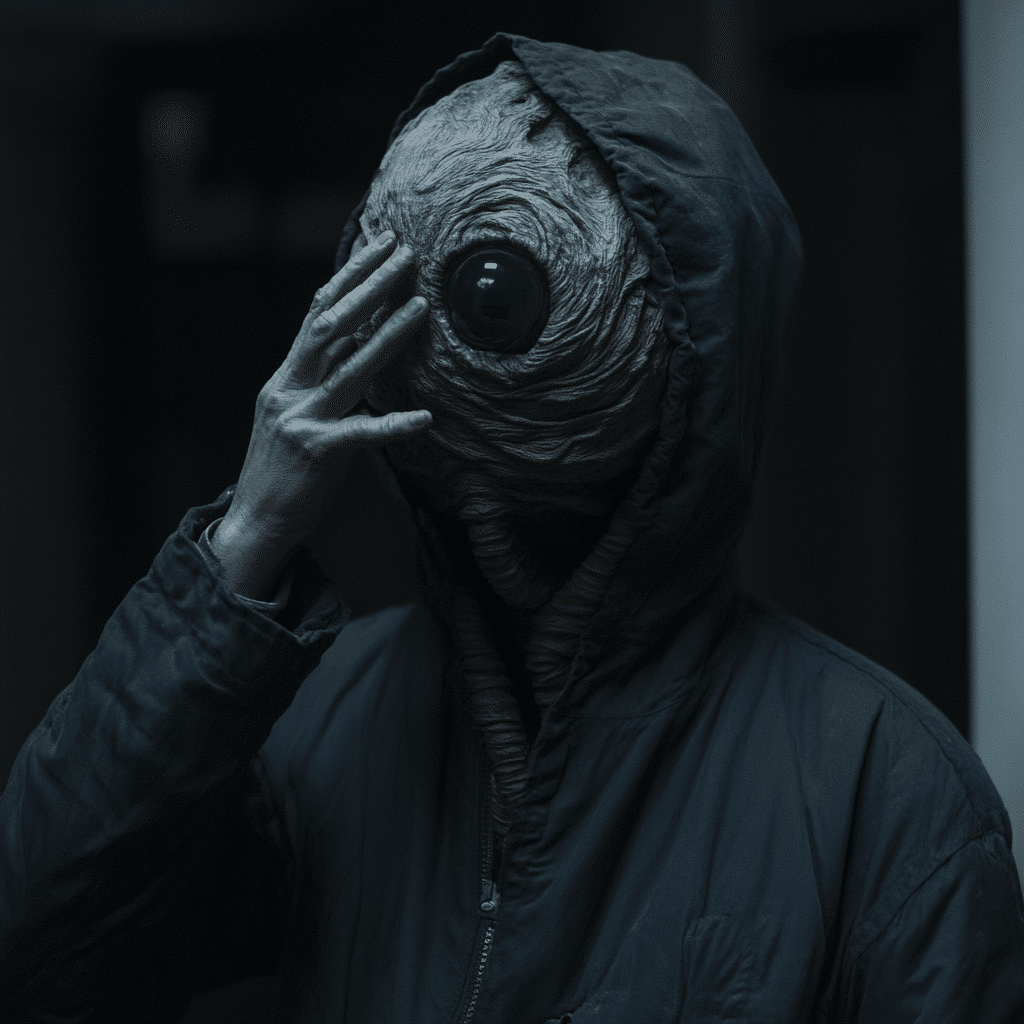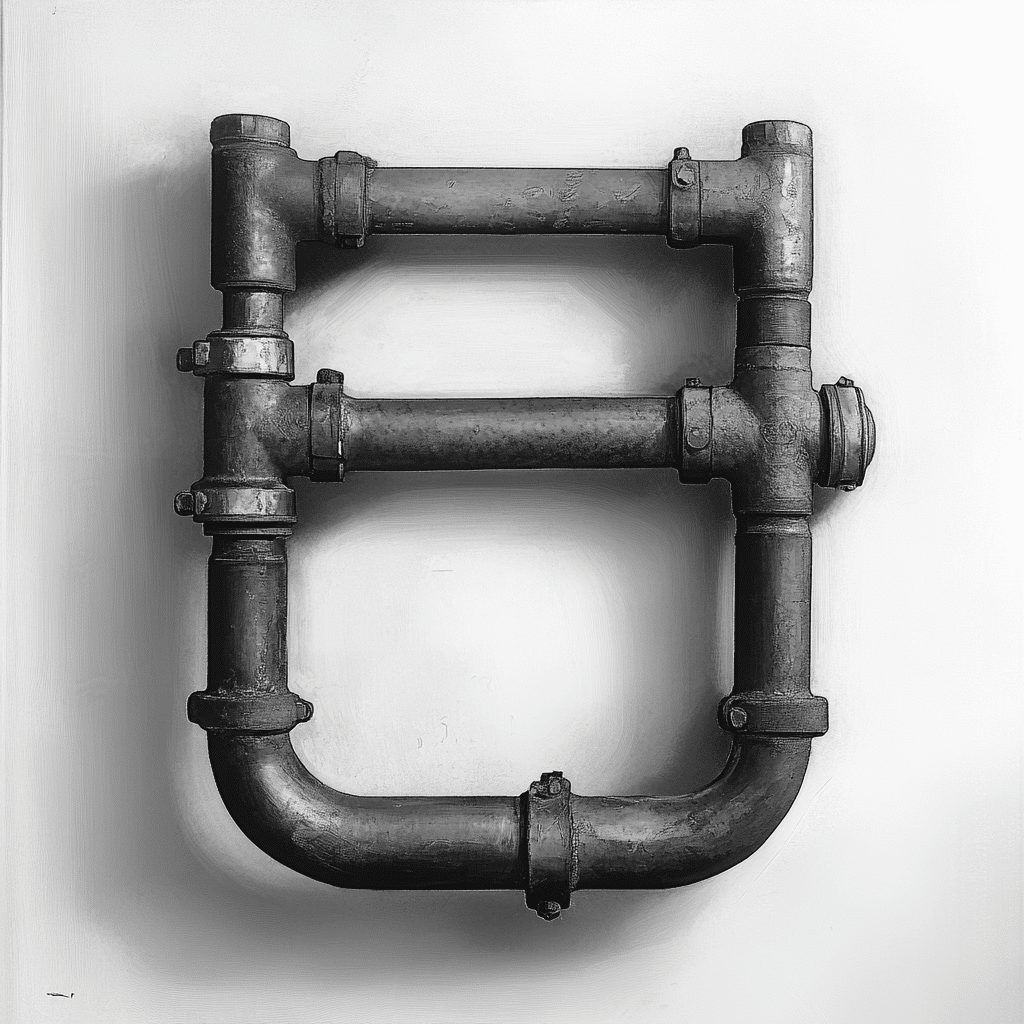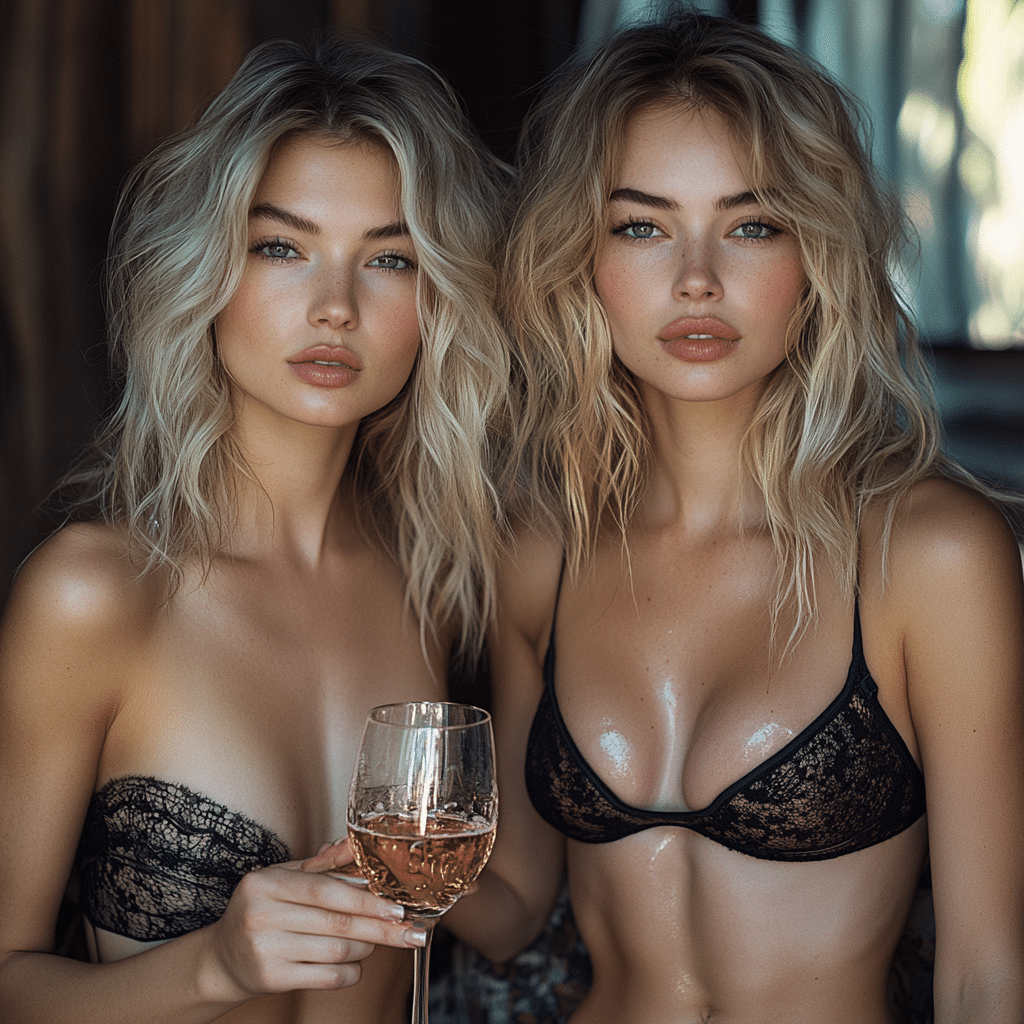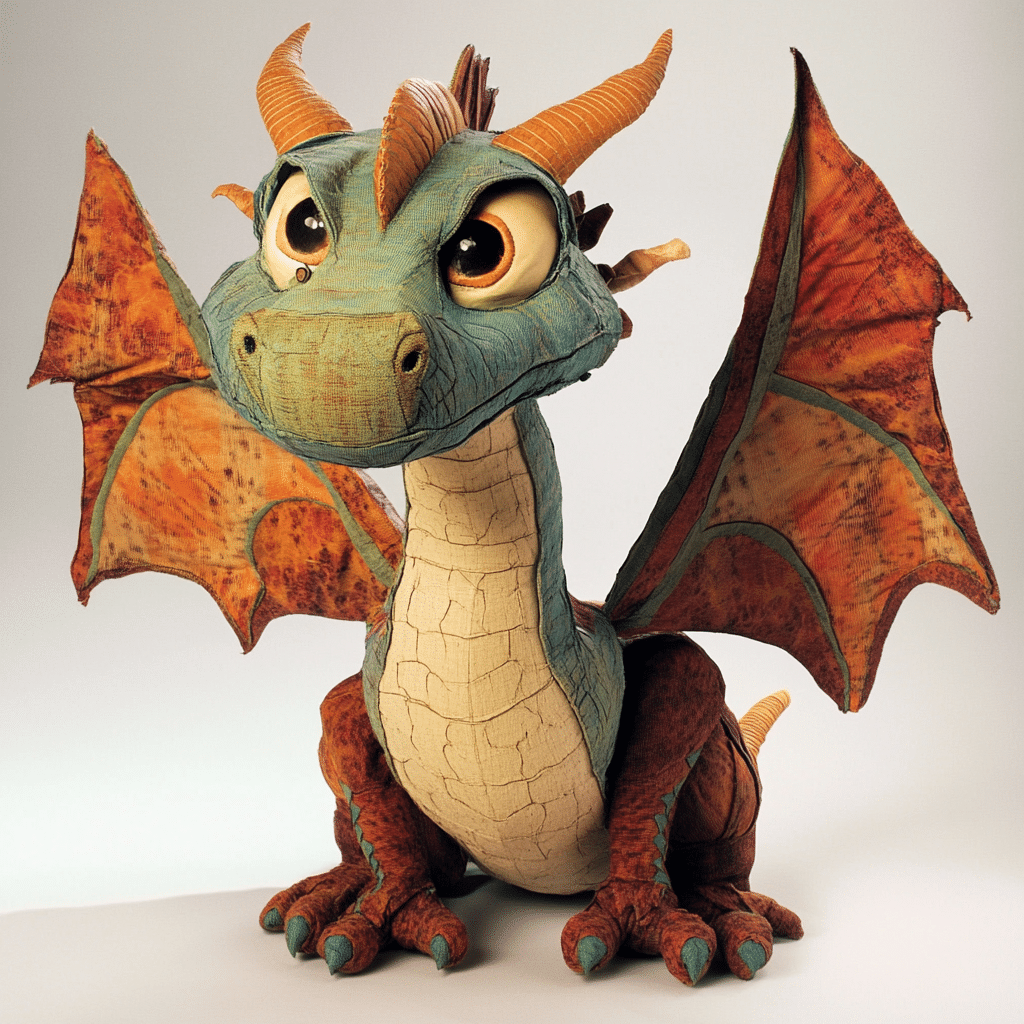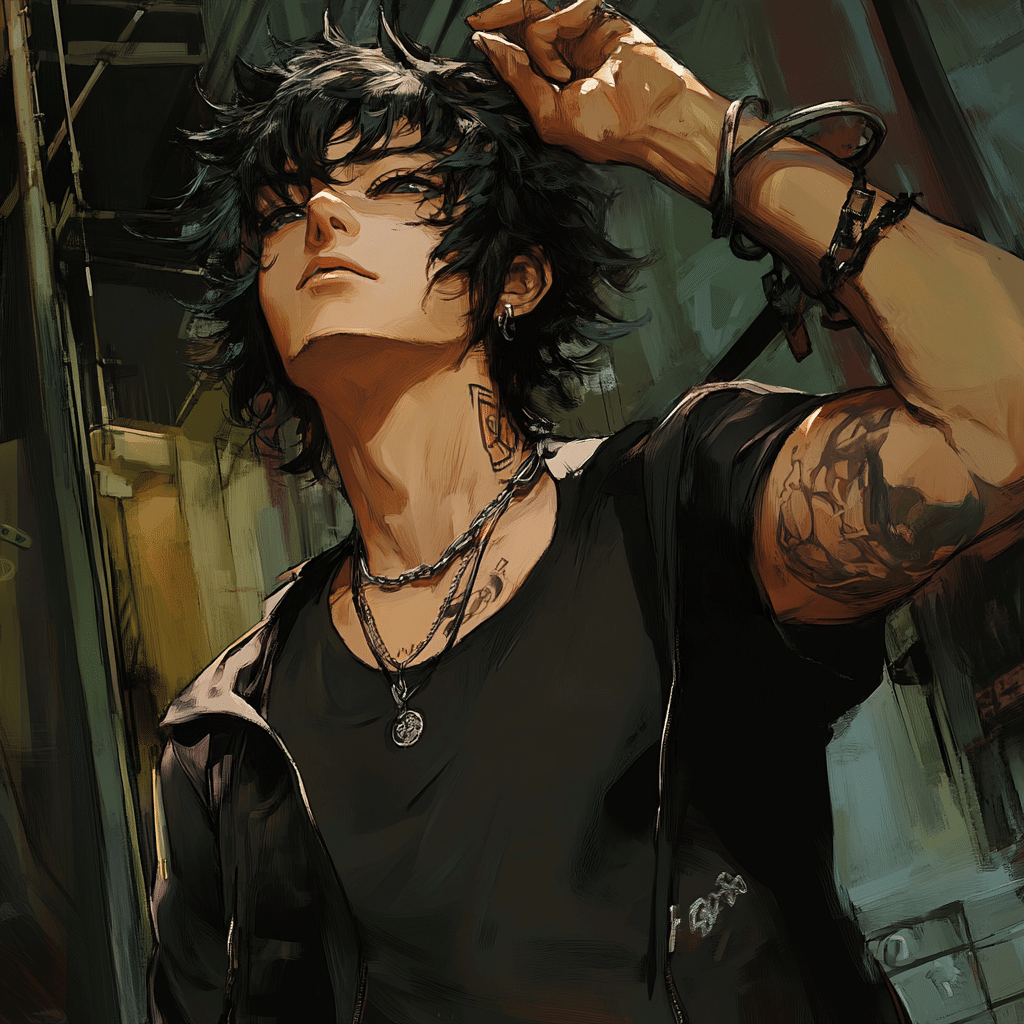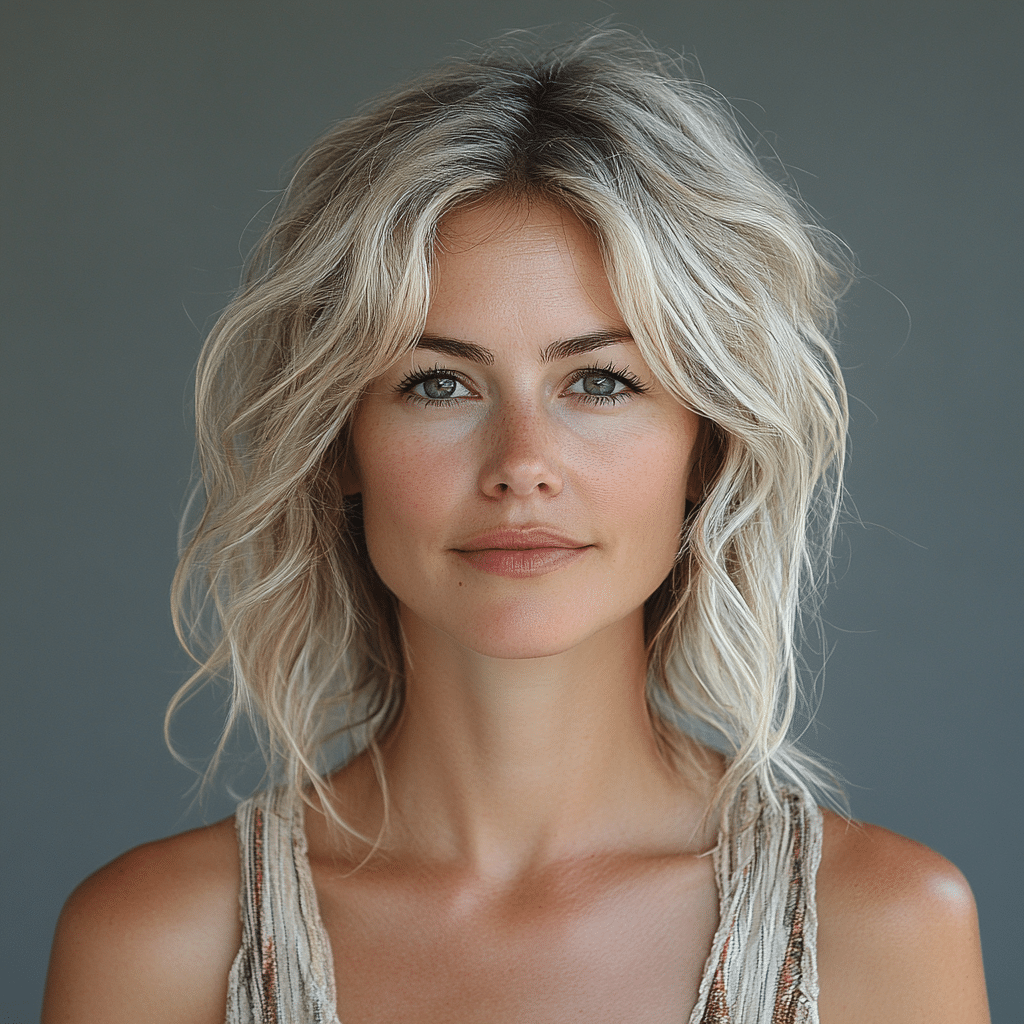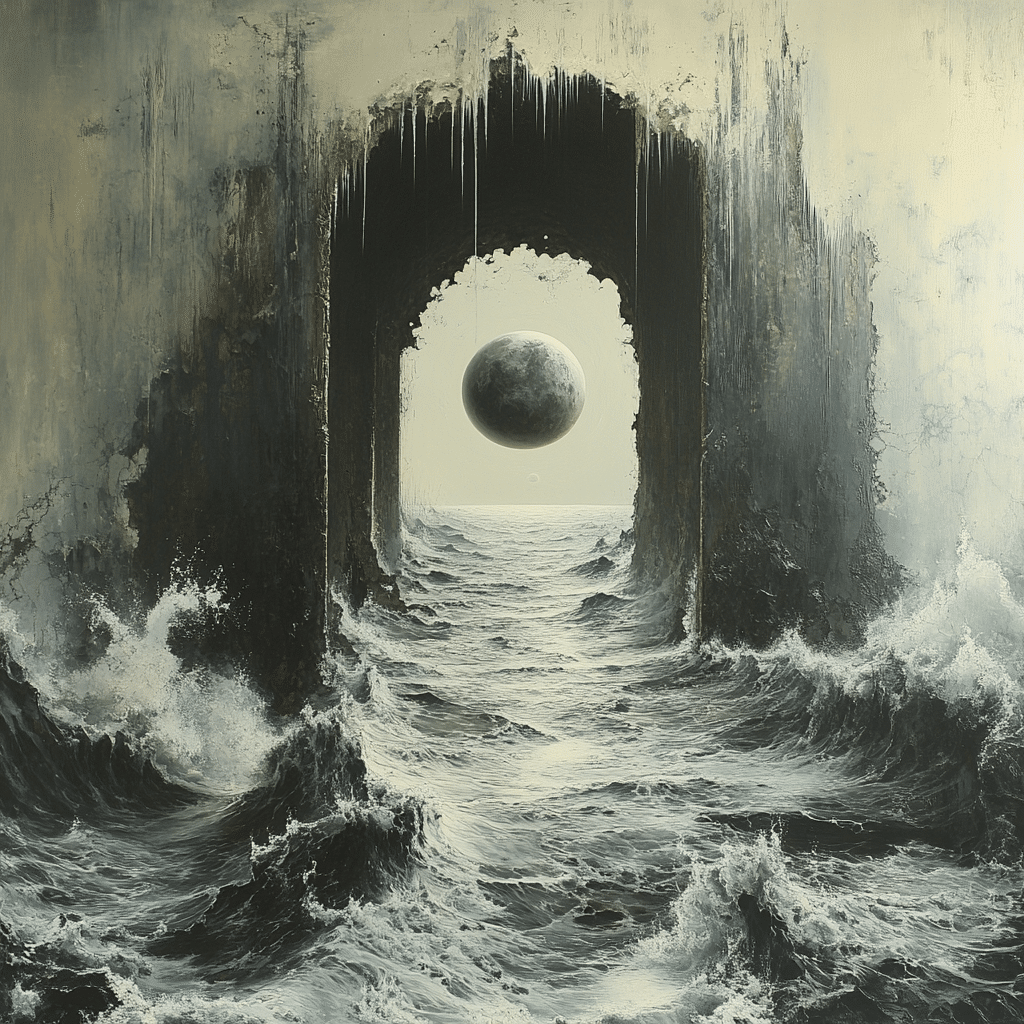In the vibrant world of color, pastels stand out like a soft whisper. These muted, delicate shades exude a sense of calm and nostalgia that many find captivating. From pastel pinks that wrap you in warmth to cool blues that lull you into tranquility, pastels have a special way of influencing our emotions and perceptions. Whether we’re discussing their role in interior design, fashion, or art, the magic of these colors is undeniable. We’ll explore pastels deeply, backed by psychological insights and real-world applications.
Exploring the Spectrum of Pastels: Colors that Captivate
Pastels encompass a variety of soft shades, often described in aesthetic terms as soothing and inviting. These colors aren’t just pretty; they can actually affect our mood and behavior. Studies suggest that softer colors can lower stress and promote relaxation, making them a popular choice in spaces designed for comfort, like homes or wellness centers.
In interior design, pastel colors create calming environments. Think of a soft mint green or a pale pink, perfect for a bedroom or a cozy reading nook. The psychological effects of pastels extend beyond mere appearance. Research shows these colors can foster feelings of peace and contentment. This trend spans various domains; from fashion where pastel pink suits brighten up a wardrobe, to art where renowned artists have employed these shades to evoke emotion. Pastels hold a psychological power, inviting us to engage more deeply with the spaces and styles we choose.
Not just relegated to modern aesthetics, pastels draw on traditions that date back centuries. They frequently appear in classic art movements, creating a bridge between historical context and contemporary practices. Their timeless quality ensures they resonate with a broad audience across different cultures and eras, underlining their universal appeal.
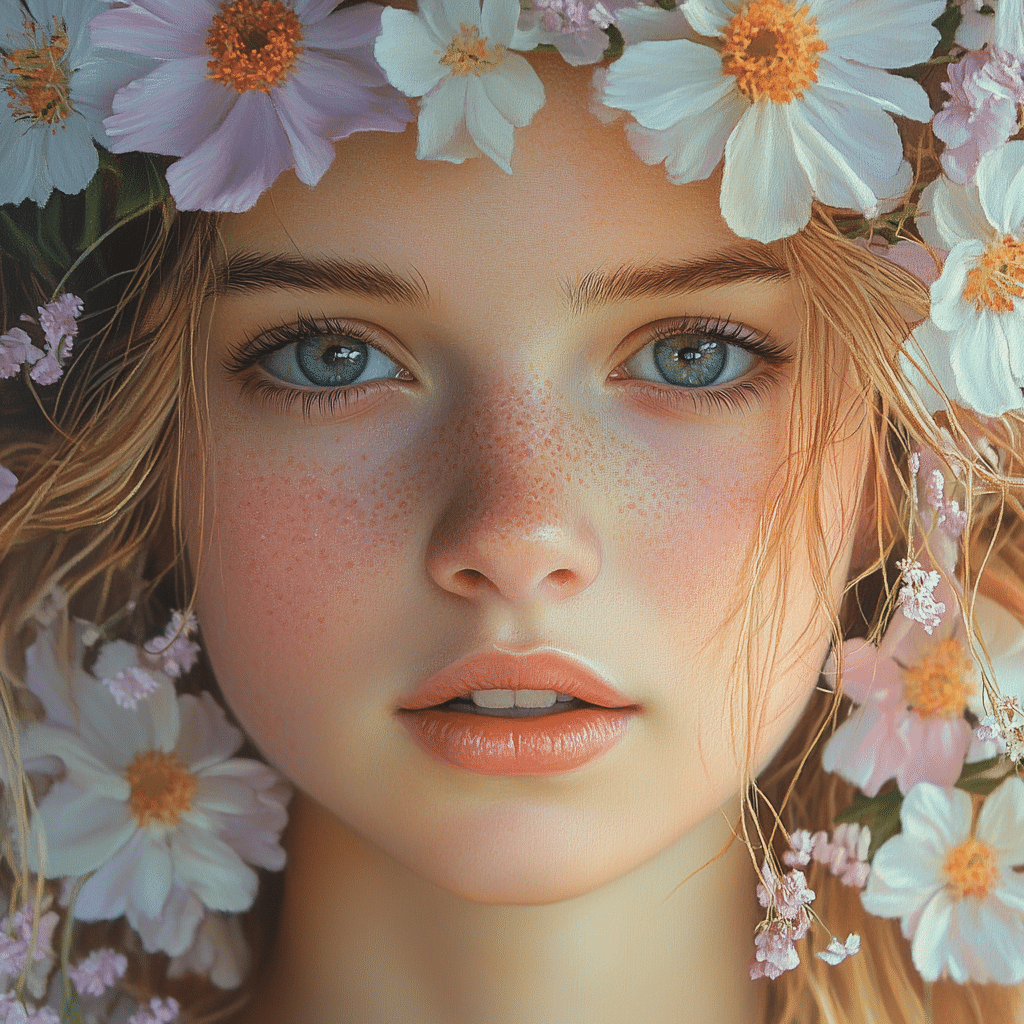
The Top 7 Ways to Incorporate Pastels into Home Decor
If you’re eager to bring softness into your living space, here are seven creative ways to embrace pastels:
By implementing these ideas, your home will not only feel serene but also stylish, reflecting the charm of pastels seamlessly.
The Role of Pastel Colors in Art History
Pastels have an enthralling history, often used to create softer representations of reality. Artists like Edgar Degas and Mary Cassatt harnessed the oil pastels technique to craft textures and hues that resonate with intimacy and emotion. This method, distinct from traditional pastels, allows for unique layering techniques and subtle blending, creating luminous effects that captured the essence of their subjects.
The beauty of oil pastels lies in their ability to produce vibrant colors while retaining soft, painterly qualities. These particular pastels are favored by artists for their versatility, allowing them to create both detailed line work and sweeping, blended colors.
In exploring art history, we recognize how these colors have shifted stylistically. From the Impressionists to modern interpretations, pastel shades have been employed to evoke sentiments ranging from nostalgia to uplifting joy. The history of pastels isn’t linear; it intertwines with cultural evolution in artistry, revealing a constant evolution that continues to influence today’s creators.
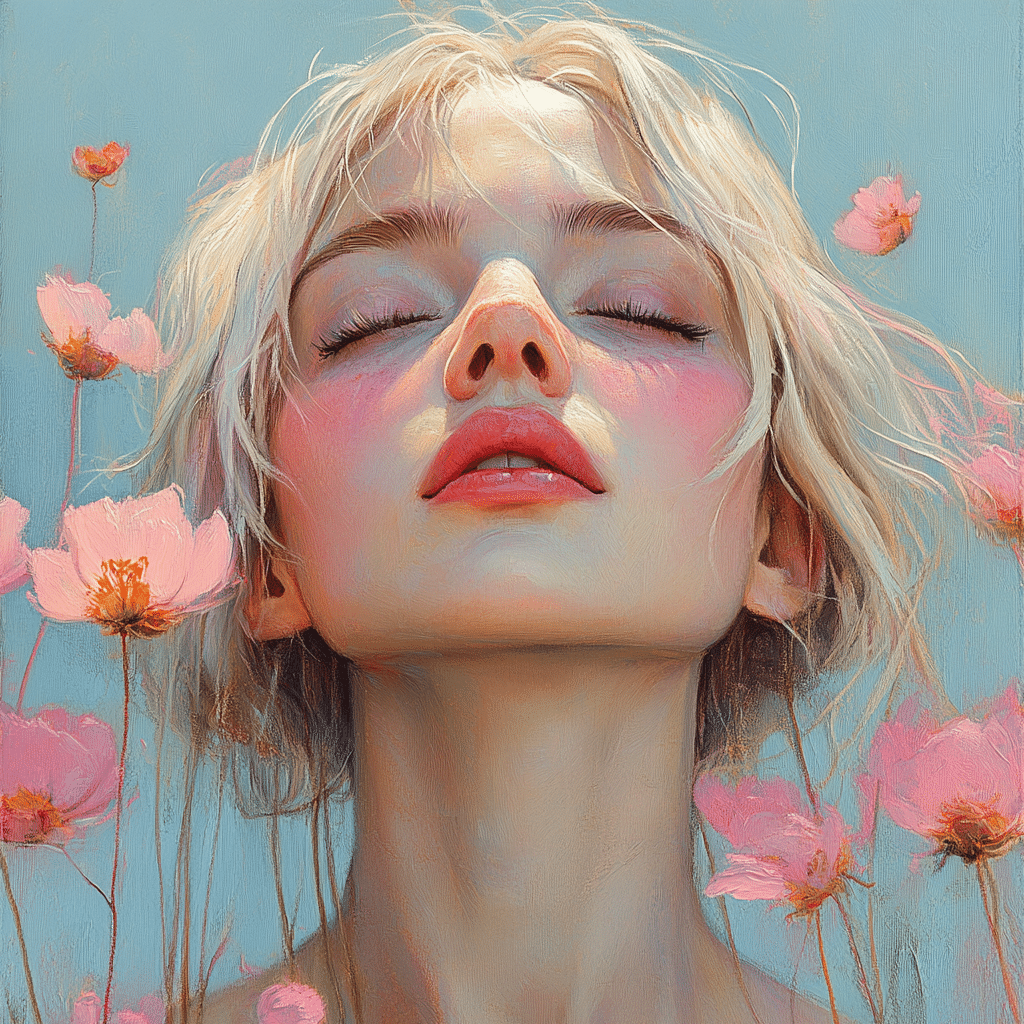
Creating with Pastels: Techniques & Tips for Beginners
For those looking to dive into the world of pastels, understanding various techniques is vital. Here are some key tips to get you started:
Rich in technique and inspiration, resources abound for beginners. Following the insights of well-known pastel artists like Richard McKinley can fuel your creativity. Experiment with various surfaces—textured paper, canvas, or even wood—to discover what resonates best with your style.
Pastels in Fashion: A Contemporary Trend
The fashion landscape has seen an upswing in pastel colors in recent years. Designers like Bode and Tory Burch have harnessed the softness of pastels to redefine contemporary aesthetics, challenging the traditional bolder color palettes. These hues lend themselves beautifully to both high fashion and everyday street style.
Fashion influencers, such as Aimee Song, showcase the versatility of pastels in various outfits, proving they can be worn on any occasion. Whether it’s a soft lavender dress or mint green accessories, these colors amplify individual style without overwhelming the wearer.
The resurgence of pastels in fashion isn’t just a fleeting trend; it reflects a cultural shift towards embracing comfort and nostalgia. Integrating pastels into your wardrobe allows for creative expression that evokes a sense of calm, blending the old with the new in refreshing ways.
The Biophilia Effect: How Pastels Enhance Well-being
Biophilia, the innate connection humans have with nature, ties seamlessly with pastel aesthetics. Incorporating natural elements and pastel colors into our environments has demonstrated emotional and cognitive benefits. Studies suggest that muted hues and soft textures can lower stress, enhance creativity, and promote an overall sense of well-being in daily life.
Consider pastel colors in workplace settings. By integrating softer shades along with natural elements, companies can foster an inviting atmosphere that boosts productivity and happiness. Research has shown that environments reflecting these elements lead to enhanced cognitive function, shaping a better quality of life.
In personal settings too, surrounding ourselves with softer colors instills a sense of comfort and positivity. As we breathe in the calming vibes of pastels, we create spaces that not only look good but feel great too.
The nuanced appeal of pastels transcends mere aesthetics; they carry emotional resonance and practicality across art, design, and wellness. By bridging the past with contemporary use, these soft shades have a transformative quality that invites us to create, interact, and seek serenity amid chaos. Engaging with the pastel palette can reveal their magic, influencing our experiences and environments in fascinating ways. So why not begin to explore the captivating world of pastels today? Whether you’re painting or decorating, let these colors weave their enchanting spell over your life.
Pastels: Captivating Soft Colors and Their Magic
The History of Pastels
Did you know that pastels have a history steeped in art and design? Emerging in the 18th century, artists like Jean-Baptiste-Siméon Chardin and Rosalba Carriera used pastels to create works that were light, airy, and full of life. Their gentle hues can evoke a sense of calm or nostalgia. It’s fascinating how these soft colors became popular in various modern contexts, from home decor to fashion, where people often seek the warmth of pastels to brighten their spaces. You’d be surprised to find that pastel shades even inspired trendy looks, like the fun vibe of a frat boy wearing a pastel shirt for a party.
Pastels in Fashion
Fashionistas often turn to pastels during the spring season, but did you know these colors can also influence hair trends? The emergence of pastel-dyed hair, often styled with hair Coils for texture, reflects the playful spirit that these shades evoke. Whether you’re sporting a pastel blue bob or a soft pink ponytail, these looks never fail to grab attention. Plus, can we talk about how certain lip colors can make or break an outfit? Take Lana Del Rey, for instance; her signature Lana Del Rey lipstick perfectly complements her vintage aesthetic, showcasing how pastels can enhance a complete look.
The Allure of Pastels in Everyday Life
Incorporating pastels into daily life can transform the mundane into something a bit more enchanting. Imagine sipping cocktails in elegant coupe glass stemware, perhaps in a pastel shade, bringing a subtle touch of sophistication to any gathering. You might find it interesting that pastels aren’t limited to any one area; they even make an appearance in technology! For instance, medical innovations like the Prenuvo scan usher in a fresh era of health screenings, making wellness a bit more approachable. When you consider the diverse applications of pastels, it’s clear they resonate beyond just aesthetics, extending into everyday experiences and innovations.
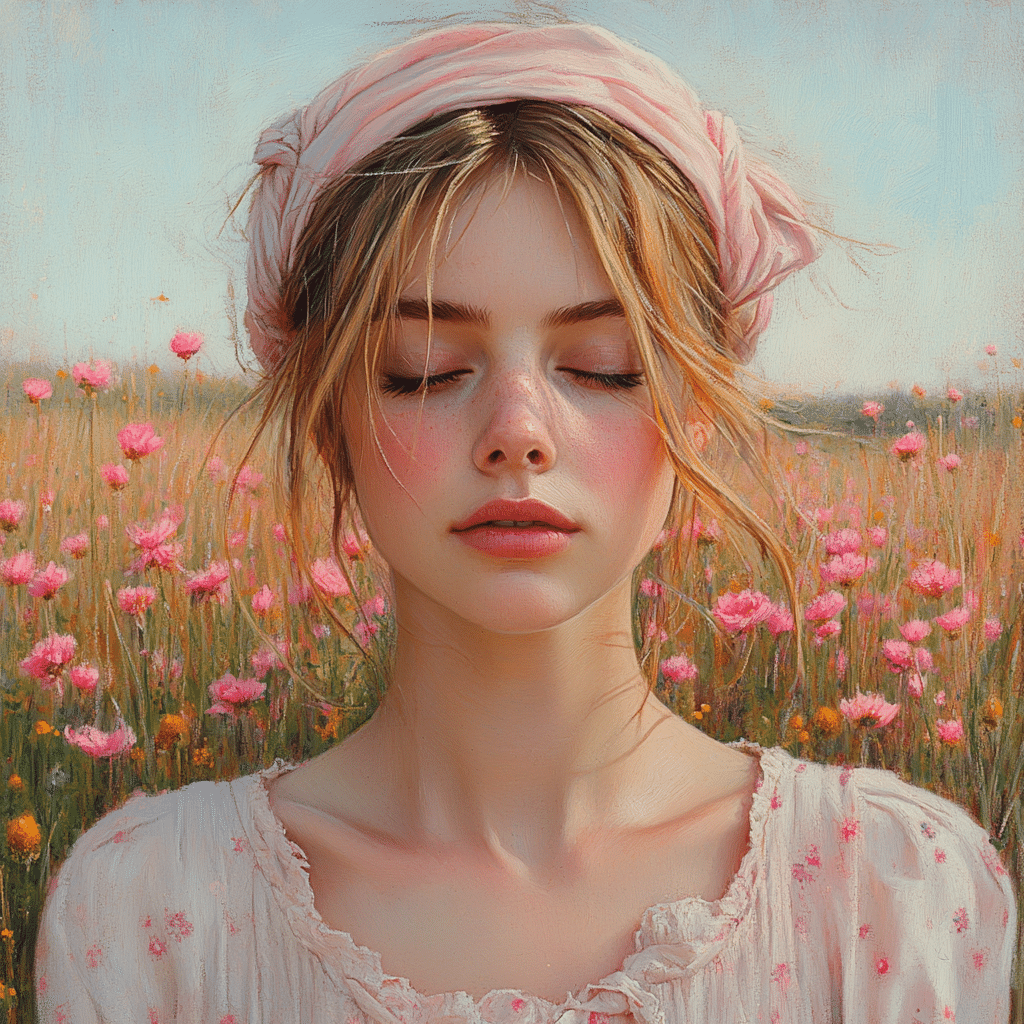
What do you mean by pastels?
Pastels are soft, pale colors made by mixing a lot of white with base colors, creating a soothing palette that’s easy on the eyes. If you love light blue or pale pink, you definitely have a fondness for pastels.
Are pastels just crayons?
Pastels aren’t just crayons, though they share some similarities. Crayons are waxy sticks used for drawing, while pastels are more about pure pigments mixed with a binder. So, they’re distinct mediums, each with its own feel and purpose.
What are pastels in art?
In art, pastels can refer to a medium made from pure colored pigments mixed with a minimal binder. Artists can use them to draw or paint, and they come in different forms like soft, hard, and oil pastels, giving a range of textures and effects.
What is pastel clothing?
Pastel clothing features those soft, muted shades like mint green or peach, created by adding a good bit of white to the base color. It’s popular in fashion for its gentle and refreshing vibe, perfect for spring and summer looks.
Are pastels just chalk?
Pastels aren’t just chalk, although both can create soft visuals. Chalk is usually made from calcium carbonate and doesn’t have the same adhesive qualities as pastels, which blend pigments with a binder.
What are pastels in food?
In food, pastels can describe light, soft colors often found in desserts or dishes that are designed to look delicate and appealing. It’s all about that calming, easy-on-the-eyes appearance, similar to pastel shades in art.
Why are pastels so expensive?
Pastels can be pricey due to the quality and purity of the pigments used, as well as the craftsmanship involved in making them. Artists often seek out high-quality pastels for better results, which can drive up the price.
Do real artists use pastels?
Absolutely! Many real artists use pastels for their versatility and the gorgeous colors they can produce. They’re a favorite for creating soft textures and dynamic effects in artwork.
Do pastels rub off?
Yes, pastels can rub off if not properly fixed or sealed, which means you might need to use a fixative spray to keep your artwork intact and prevent smudging.
What are pastels’ weaknesses?
One weakness of pastels is that they can be fragile and smudge easily. They don’t adhere as strongly as other mediums and can be tougher to store without damage since they can easily break or lose color vibrancy.
How do you pronounce pastel color?
Pastel color is pronounced like “pas-tel,” where the ‘a’ sounds like in “cat,” and the second syllable has a short ‘e’ sound, rhyming with “tell.”
What is the psychology of pastels?
Pastel colors can evoke feelings of calmness and tranquility, often associated with softness and gentleness. They can create a soothing atmosphere, making people feel relaxed and serene.
What is goth pastel?
Goth pastel is a style that combines traditional goth elements, like darker fashion or themes, with pastel colors. It creates an interesting mix of light and dark, often exploring themes of contrast and uniqueness.
Is pastel still a trend?
Pastel is definitely still a trend, especially in fashion and home decor, where those gentle hues continue to capture attention and offer a fresh, modern twist.
Can pale people wear pastels?
Pale folks can totally rock pastels! These soft shades can look stunning on anyone, and they often complement lighter skin tones nicely, adding a touch of color without being overwhelming.
Are you supposed to blend pastels?
Blending pastels is a common technique and is often encouraged to create smooth transitions and soft effects in artwork. It can really enhance your creativity and results.
Can you use pastels on any paper?
You can use pastels on various types of paper, but it’s best to choose one with a bit of texture or tooth. This helps the pastels grip and stick better, making it easier to blend and layer.
Are colored pencils considered pastels?
Colored pencils aren’t considered pastels; they’re different drawing tools. Pastels are made from pure pigments with a binder, while colored pencils have a waxy or oily core that’s encased in wood.
Do pastels look good on everyone?
Pastels generally look great on everyone because they offer a soft, flattering touch. It’s all about finding the right pastel shade that suits your skin tone and personal style.
What does so pastel mean?
“So pastel” is often used to describe something that embraces those soft, muted colors, suggesting a vibe that’s gentle and light. It’s perfect for conveying that airy, dreamy aesthetic.
What are examples of pastel colors?
Examples of pastel colors include pink, lavender, mint green, baby blue, periwinkle, and peach. Each brings a soft charm, making them favorites in fashion and design.
What is pastel used for?
Pastel is used for various purposes, from art to fashion. Artists utilize it for drawing and painting, while fashion designers incorporate it to create soft, appealing looks in clothing that capture a fresh aesthetic.
What does pastel look like?
Pastel colors typically look soft and muted, with lower saturation than brighter hues. They create a calming effect and can add a touch of elegance or playfulness, depending on how they’re used.

